How do changes in animal communities impact carbon and nitrogen cycling?
We use models, laboratory studies and field experiments to understand the cycling of carbon and nitrogen in forests and fields.
We also develop models to predict the distribution of animals to help us understand their impacts and conserve them when they are at risk.
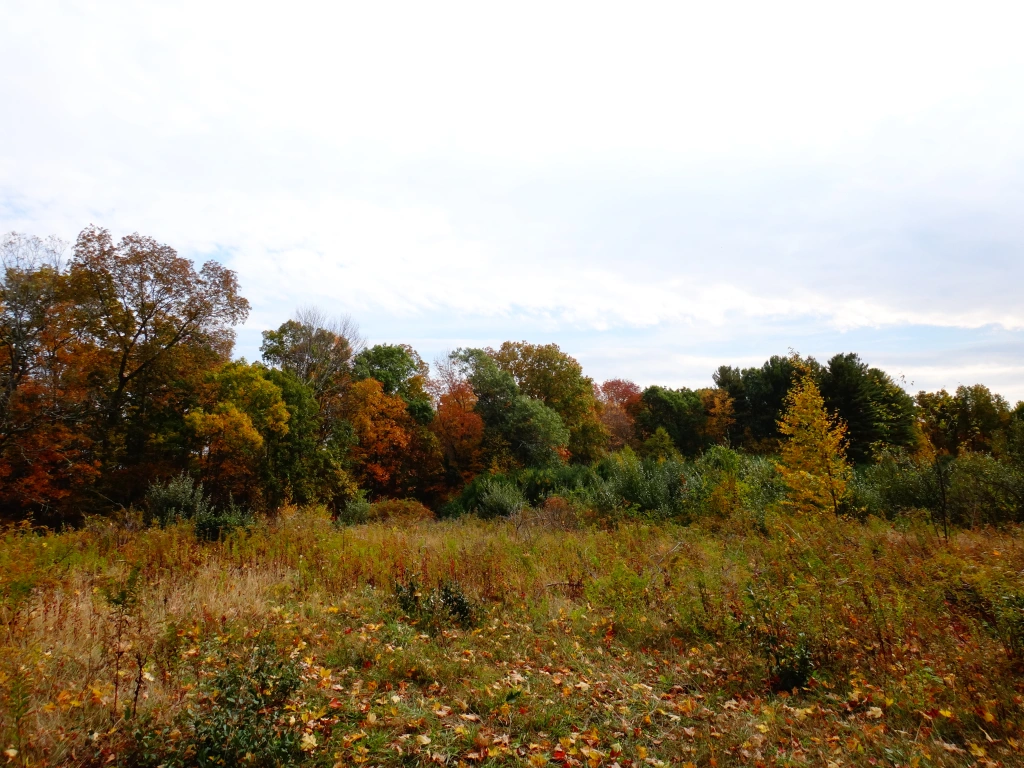
✓
Nutrient limitation
We are developing new methods to measure whether soil animals are getting enough nitrogen in their diet using gene expression.
✓
Herbivore-detritivore interactions
We are running field experiments to measure the ways that animals eating plants (herbivores) and those decomposing plants (detritivores) influence ecosystems.
✓
Non-native earthworms
We are gathering data and building an ecosystem model to understand the effects of non-native earthworms on soil carbon storage and biodiversity.
✓
Forest carbon modelling
We are collaborating with the Canadian Forest Service to develop better data and methods for forest carbon accounting focused on forest soils. Current projects are in Northern Quebec and New Brunswick.
Our team
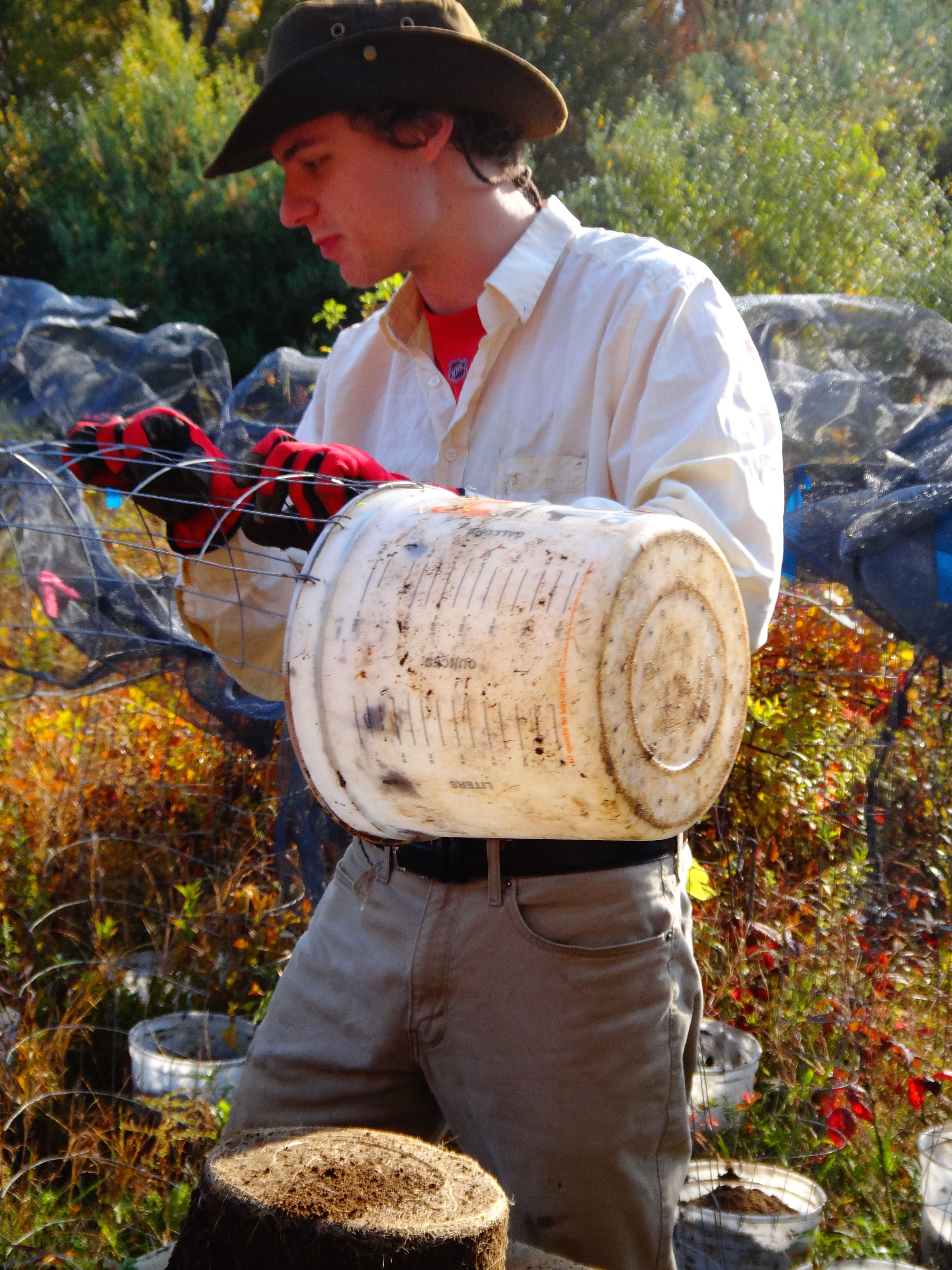
Robert Buchkowski
Assistant Professor
Short Biography
Rob is a terrestrial ecologist interested in how living organisms effect the cycling of carbon and nitrogen. His work blends field and laboratory data collection with mathematical modeling. He completed his undergraduate degree in Biology at Lakehead University and his master’s and doctoral degrees at Yale University. Before joining Western University, Rob worked as a Research Scientist at the Atlantic Forestry Centre in Fredericton, New Brunswick. Outside of work, Rob spends time with his family and their two dogs named after fruit-bearing trees.
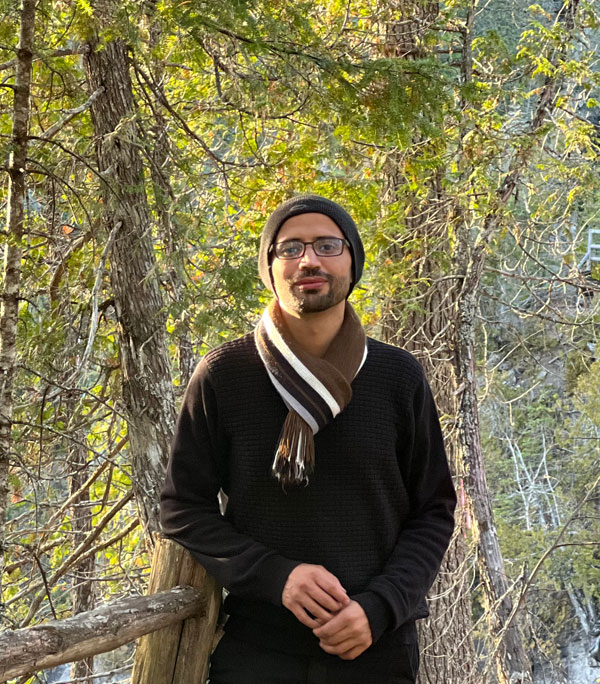
Ameray Abderrahmane
Postdoctoral Fellow
Short Biography
Ameray Abderrahmane is a researcher and academic with a dedicated focus on environmental sciences, demonstrating a profound commitment to understanding and preserving forest ecosystems. His
academic journey underscores a fervent passion for sustainable environmental practices. In 2019, he embarked on a new academic chapter by pursuing a Ph.D. in Environmental Sciences at UQAT University
in Rouyn-Noranda, Quebec (Canada). This doctoral pursuit, spanning from 2019 to 2023, is centered on the impact of forest management on the carbon cycle under climate change, employing innovative
modeling techniques. Before his doctoral endeavors, he honed his expertise in forest ecosystem management, earning a master’s degree during the academic year 2017-2018 at the distinguished Polytechnic Institute of Bragança (Portugal). Also, his academic foundation was laid from 2012 to 2017
when he earned a degree in Agricultural Engineering from the IAV Hassan-II Institute in Rabat (Morocco), this comprehensive education provided him with a solid grounding in agricultural practices. Using advanced modeling techniques, he aims to make significant contributions to the scientific understanding of forest ecosystem dynamics under global change. Beyond this, he is recognized as an expert in Geographic Information Systems (GIS) and remote sensing. Expanding his academic horizons, he is
interested in data science and artificial intelligence, exploring their applications in forestry and remote sensing.
Currently recruiting lab members for 2024
Please spread the word!
Want to join the lab?
We are recruiting MSc and PhD students.
If you are interested, please send Rob an email.
Please include your resume and tell me how your interests match our ongoing research.
| Projects with Open Positions | Level | Project Description |
| Forest carbon modelling in Northern Quebec | MSc (PhD possible) | We are measuring the effects of spruce budworm and non-native earthworms on forest soil carbon in Northern Quebec in collaboration with Deepa Pureswaran and Jérôme Laganière at the Canadian Forest Service. The project will involve sampling boreal forest sites in collaboration with staff at the Canadian Forest Service and estimating soil carbon content in relation to site location, the severity of spruce budworm impacts, and the presence of non-native earthworms. The project could be entirely field and laboratory based or include carbon modelling depending on interest and experience. |
| Historical land use and soil carbon in New Brunswick | MSc (PhD possible) | We are trying to predict soil carbon content across a large area of New Brunswick using current and historical land use data in collaboration with Chris Edge at the Canadian Forest Service. The project will help improve our understanding of soil carbon in Atlantic Canada and contribute to a vegetation management plan currently being develop for this area. |
| Ecological stoichiometry and soil arthropod nutrient limitation | MSc or PhD | We have developed new models to include soil arthropods into our estimates of carbon cycling. However, these models do not have much information on what soil arthropods eat and whether they will keep or excrete the carbon and nitrogen that they consume. The project goal is to develop new methods of predicting soil arthropod diet and their resulting use of nutrients in their food by feeding them artificial diets and measuring their metabolism, gene expression, and excretion rates. We are collaborating with Paul Frost at Trent University who works on similar questions in water fleas. |
| Non-native earthworms in Canadian Forests | MSc or PhD | Non-native earthworms are moving into Canada’s northern forests and we expect them to reduce forest soil carbon storage and reduce habitat for native forest-floor species. We are developing a model to predict earthworm effects with Erin Cameron (Saint Mary’s University) as well as Jérôme Laganière and Sasha Hararuk at the Canadian Forest Service. This is mostly a modelling project working with Canada’s National Carbon Budgeting model, but could include some field work sampling non-native earthworms with collaborators. |
| Interactions between herbivores and detritivores | PhD (MSc possible) | Herbivores and detritivores both impact carbon and nitrogen cycling, but there is conflicting evidence about whether they have synergistic effects. This project will involve running field and greenhouse experiments to measure the combined effects of herbivores and detritivores on terrestrial carbon and nitrogen cycling in Southwestern Ontario. |
Nutrient limitation
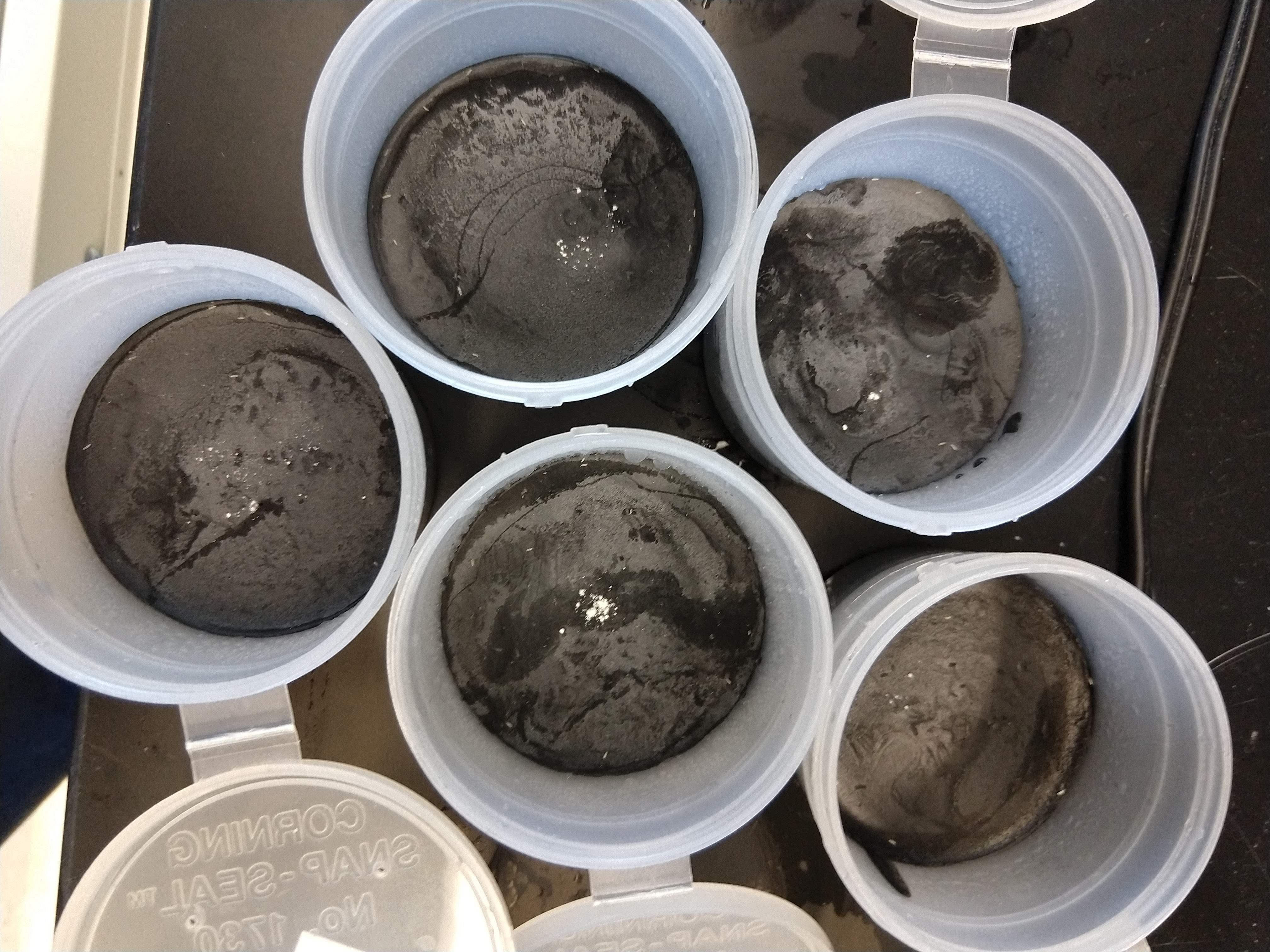
What is nutrient limitation?
Nutrient limitation occurs when organisms do not have enough of a nutrient or chemical element in their diet to meet their needs. We use the field of ecological stoichiometry to understand nutrient limitation in soil animals.
Project objectives
When we add animals to our carbon and nitrogen models, we need to know what they eat and what happens to the carbon and nitrogen that they consume. Do they keep it or excrete it as waste? We are working to develop a better understanding of how soil animals handle carbon and nitrogen so we can add these animals to our models.
Project methods
We are working with soil animals like springtails and woodlice and feeding them artificial diets to see how much carbon and nitrogen they require and test whether we can identify nutrient limitation by examining their metabolism, gene expression, and body condition.
Non-native earthworms

Earthworm effects on forest soils
Non-native earthworms consume organic material faster than native soil animals in Canada, so we think that they release carbon stored in forest soils into the atmosphere and deplete the soil organic horizon where many plant and animal species live.
Data collection
We do not know much about where non-native earthworms have spread. We are helping to solve this problem by sampling forests across Canada. We sample for earthworms using the ‘hot’ mustard technique where we pour mustard and water on the soil.
Model development
We are developing a process-based model to estimate the effects of earthworms on the soil organic horizon and forest soil carbon. Our work is building on previous modelling by our collaborator Erin Cameron and will also contribute to Canada’s National Forest Carbon Monitoring System.
Herbivore-detritivore interactions
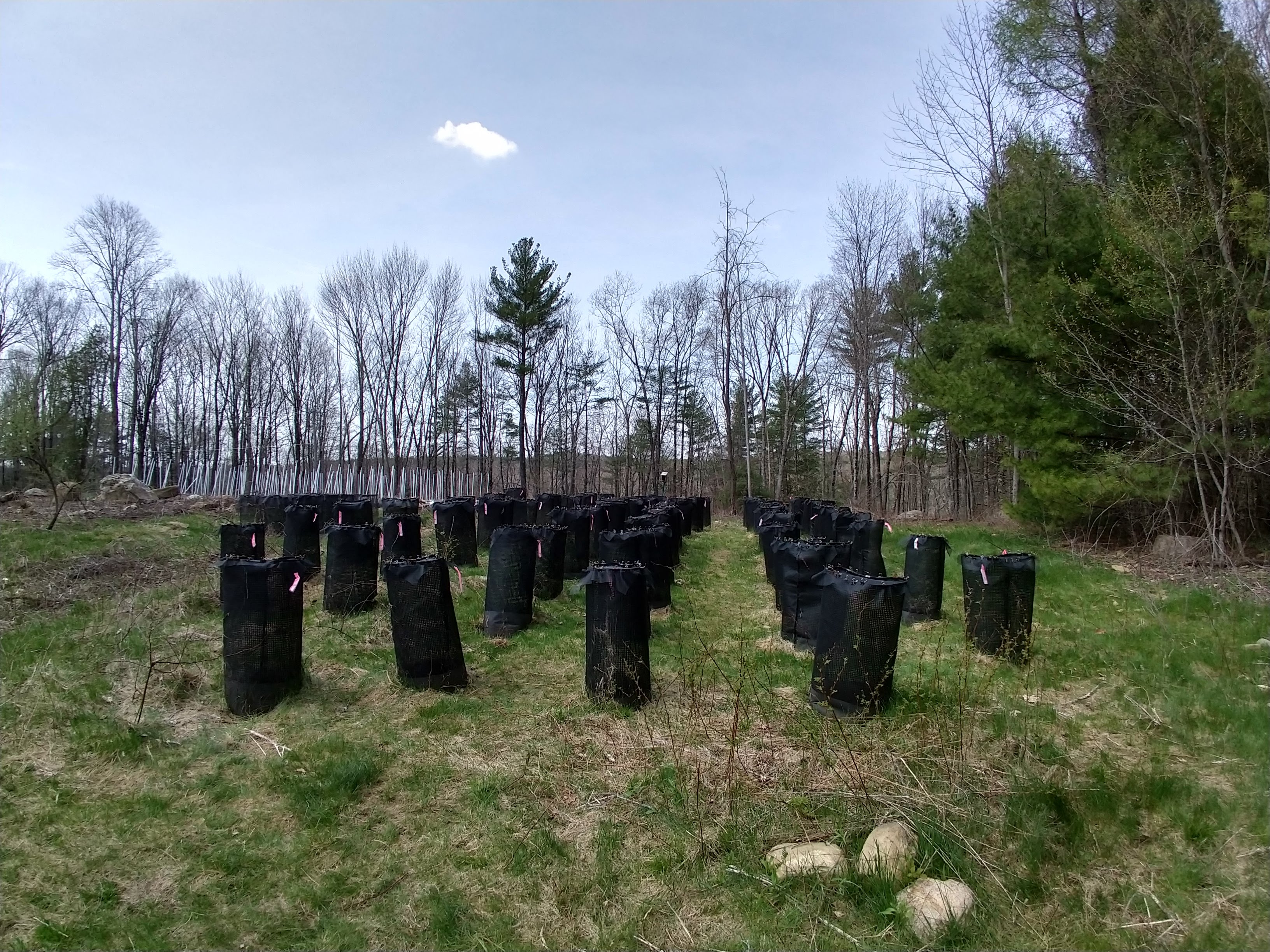
What are herbivores and detritivores?
Herbivores are animals that primarily consume living plants. They can live aboveground or in the soil. Detritivores are animals that consume decomposing material (i.e., detritus). They can also living aboveground or in the soil.
What interactions are we studying?
Herbivores and detritivores both affect the movement of carbon and nitrogen through ecosystems. Herbivores do this by eating plants changing the types of plants that grow and the speed at which their carbon gets recycled. Detritivores can speed up or slow down decomposition and so affect plant nutrition. Even though these things happen separately, we think their combined changes might lead to surprising outcomes.
Methods
We are developing a process-based model to estimate the combined effects of these species. We are testing this model using a field experiment at the Western Environmental Science Field Station just north of London, ON. In the experiment, we are using grasshoppers as herbivores and earthworms as detritivores.
Forest carbon modelling

What are we working on?
Forest soil carbon is the largest and most uncertain pool in Canada’s national carbon accounting system. We are developing new models that add missing pieces, like non-native earthworms, into soil carbon accounting. We are also collecting field data to improve our model predictions.
Where are we working?
Our two ongoing projects are in Northern Quebec and in New Brunswick. Both projects will help us understand forest soil carbon and develop better models, however, they also have important applied components.
In Quebec, we are working to estimate the fate and supply of salvageable biomass left behind after the spruce budworm outbreaks.
In New Brunswick, we are contributing to a vegetation management plan for Canada’s largest military base.
What methods do we use?
Our field methods follow a lot of the National Forest Inventory protocols for sampling forests and soil (a great protocol to learn!).
Our modelling uses the R statistical software for small scale models. When we work on the applied parts of the project we used LANDIS, Woodstock (a forest management model) and CBM-CFS3 (Canada’s national forest carbon model).
Where to find us
We are located in the Biotron Building at Western University in London Ontario.
Address:
Department of Biology
1151 Richmond Street
Biotron Building
London, Ontario
Canada, N6A 5B7
Telephone:
519-661-2111
Email:
rbuchkow@uwo.ca